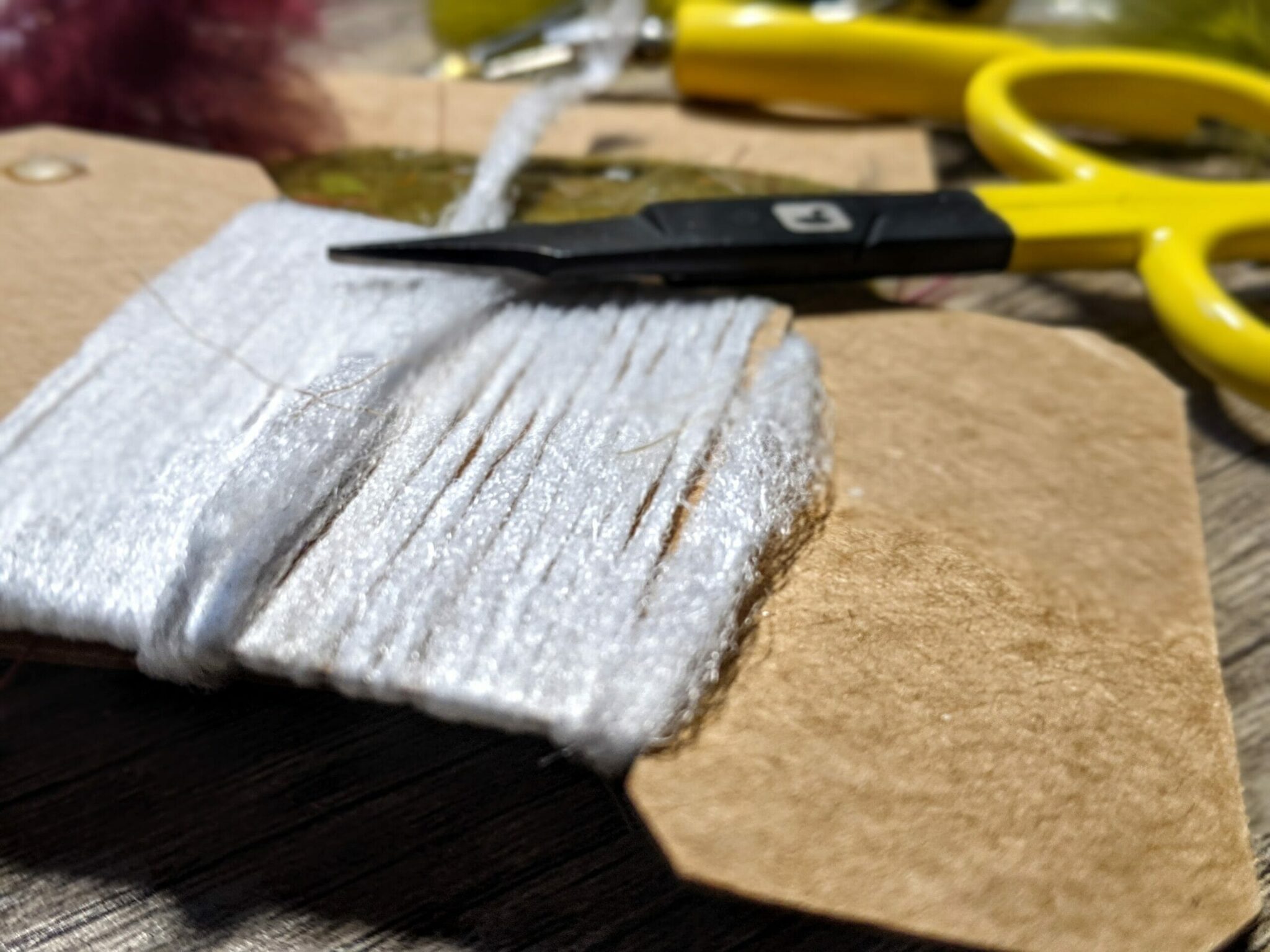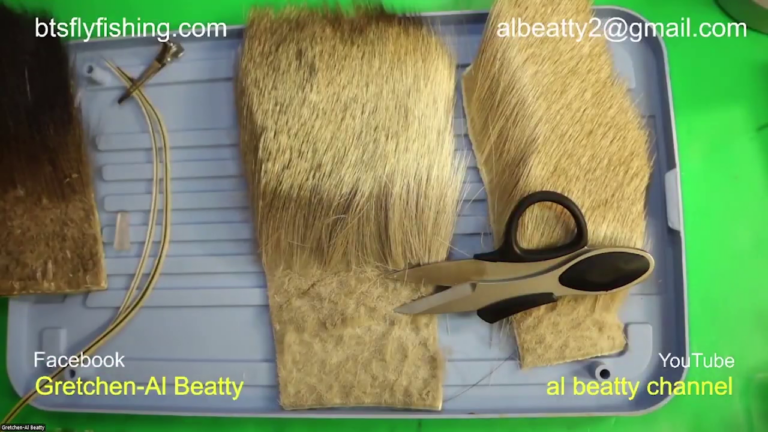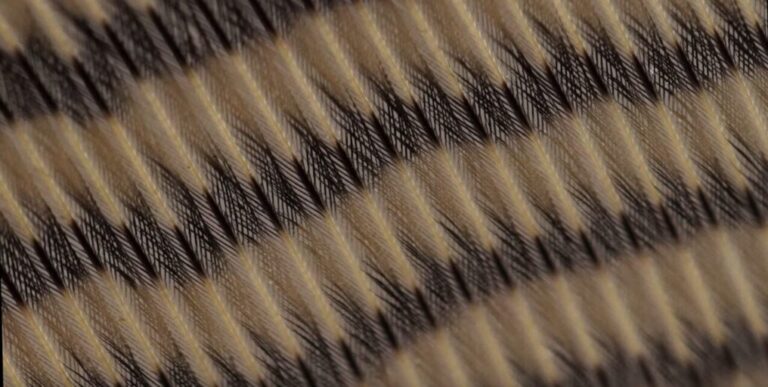You may have noticed a theme emerging from Fed’s flies – the use of Poly Yarn as a substitute material in many of his patterns.
Whether it’s for dry flies or streamers, poly yarn has become a go-to for fly tiers looking for versatility and effectiveness in their creations. Its buoyant, durable nature allows it to mimic natural insect parts while offering added benefits in floatation and ease of use. As more anglers discover its potential, poly yarn is gaining popularity as a substitute for traditional materials. But what exactly is poly yarn, and why is it so effective in fly tying? Let’s dive in.
What is Poly Yarn?
A common misconception about poly yarn is that “poly” refers to polyester, but it actually stands for polypropylene. Unlike other yarns, such as wool, polypropylene is hydrophobic, meaning it repels water and remains buoyant even when wet. This quality makes poly yarn a perfect material for tying dry flies, as it helps them float on the surface of the water.
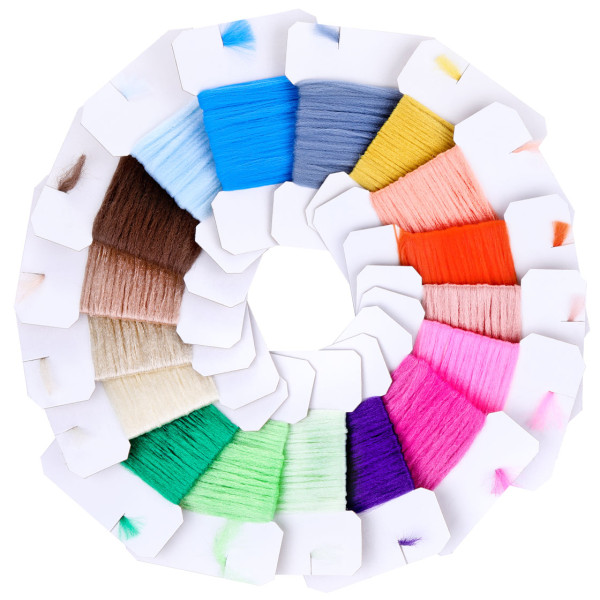
Poly yarn is also lightweight and comes in a wide range of colours, allowing anglers to customise their flies to match specific hatches or stand out in various water conditions. Even though it excels in dry fly patterns, its adaptability means that it can also be used for wet flies or streamers, providing versatility across different types of fly fishing.
Poly Yarn’s Key Benefits:
- Buoyancy: Polypropylene yarn naturally floats on the water, making it ideal for dry flies.
- Durability: Poly yarn is resistant to breaking or fraying, ensuring your flies last longer.
- Colour Variety: Available in a broad spectrum of colours, allowing for highly customisable fly patterns.
- Ease of Use: Its smooth texture makes it easy to work with, even for beginners.
Popular Patterns
Poly yarn is an integral component in a variety of fly patterns, particularly dry flies. Below are some popular patterns that utilise poly yarn to great effect:

1. Simple Foam Caddis (Hopper Fishing)
This straightforward yet effective fly pattern is perfect for replicating caddisflies during the hatch. The buoyancy of poly yarn combined with foam makes it a highly visible fly that stays on the surface, perfect for drawing the attention of trout.
- Material Tip: Use poly yarn for the wings to maintain buoyancy throughout the drift.
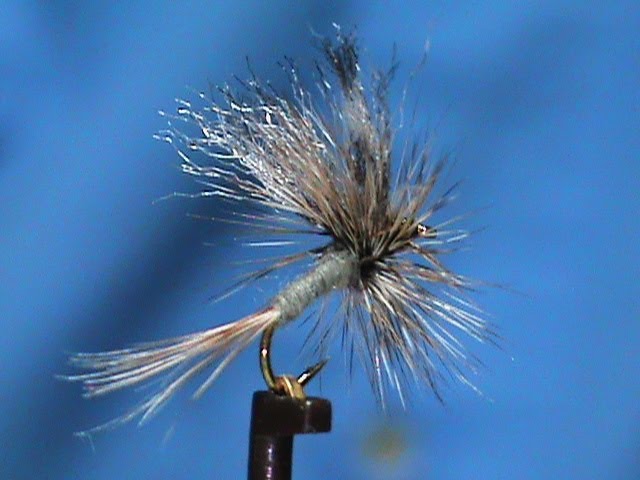
2. Poly Wing Adams (Jim Misiura)
The Poly Wing Adams is a modern variation of the classic Adams dry fly, often used for trout fishing. By swapping out traditional materials for poly yarn wings, the fly becomes more durable and floats higher on the water surface.
- Material Tip: The poly yarn is used to form the wing post, providing a lightweight yet highly visible part of the fly, ideal for fishing in fast-moving streams.
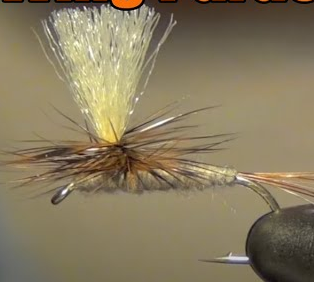
3. Parachute Poly Wing Fly (In the Riffle)
In parachute-style flies, the wing is tied in a way that mimics the parachute profile of a floating insect. The Parachute Poly Wing Fly is another excellent dry fly pattern where poly yarn serves as the wing material, keeping the fly buoyant and highly visible to anglers.
- Material Tip: Poly yarn is crucial in maintaining a light yet firm parachute post, supporting the fly’s overall buoyancy and lifelike movement.
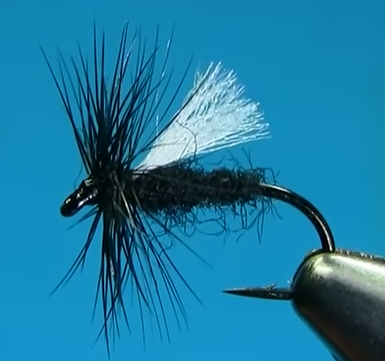
4. Poly Winged Midge Dry Fly (Makflies)
Midges are a staple in a trout’s diet, and using poly yarn to create a Poly Winged Midge is a surefire way to attract fish in both calm and moving waters. This pattern is simple yet highly effective, making it a go-to for anglers targeting finicky trout.
- Material Tip: Opt for a light-coloured poly yarn to mimic the translucent wings of midges and ensure that the fly remains buoyant.
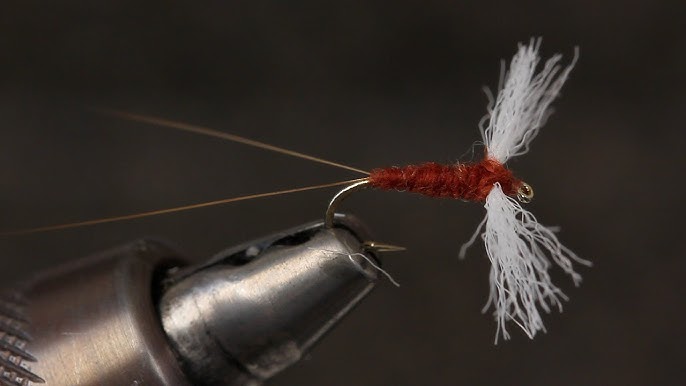
5. Poly Wing Rusty Spinner (Tightline Video)
The Rusty Spinner is a classic spinner fly pattern, and using poly yarn for the wings adds buoyancy to the spent fly imitation. Spinners are often difficult to spot on the water surface, but poly yarn wings can make the fly more visible to both the angler and the fish.
- Material Tip: A thin strip of poly yarn can perfectly represent the slender, translucent wings of a spinner, ensuring the fly looks natural on the surface.
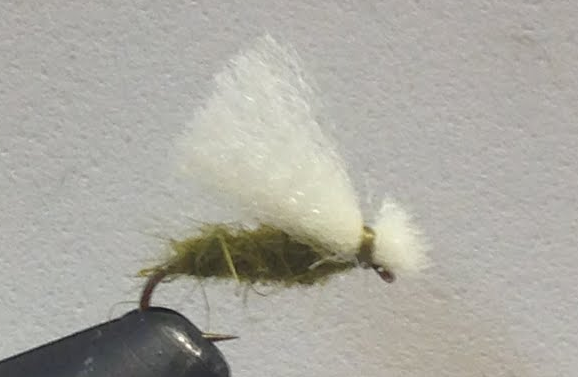
6. Poly Caddis Dry Fly
The Poly Caddis Dry Fly is a favourite among fly fishermen, particularly for trout. The use of poly yarn in this pattern enhances the fly’s ability to stay afloat, even in choppy waters. It imitates an emerging caddisfly, making it a reliable pattern during a caddis hatch.
- Material Tip: Poly yarn is often used for the wing or as a support post, helping maintain the fly’s buoyancy.
Why Choose Poly Yarn Over Other Materials?
When compared to natural materials like wool or animal fur, poly yarn offers distinct advantages:
- Water Resistance: Unlike wool, which absorbs water and becomes heavy, poly yarn repels water, keeping flies buoyant.
- Lightweight Nature: It is significantly lighter than other materials, which helps flies float higher and longer on the water’s surface.
- Durability: Poly yarn can withstand the rigours of casting and catching fish without breaking down as quickly as natural fibres.
Its unique combination of buoyancy, strength, and flexibility makes it a superior choice for any fly tier looking to create long-lasting, high-performance flies.
Where to Get Poly Yarn?
Poly yarn is widely available and can be found in almost any fly shop, both online and in-store. Many reputable retailers stock a variety of colours and thicknesses to suit different fly patterns. For quality options and excellent service, we recommend checking out BWC Flies.
Whether you’re tying a traditional Adams Dry Fly or experimenting with your own innovative patterns, poly yarn provides endless opportunities for creating effective flies. Its buoyancy and durability make it a must-have material in any fly tier’s arsenal. Given its versatility and range of applications, it’s easy to see why poly yarn is a favourite substitute for traditional materials. If you haven’t already incorporated poly yarn into your fly tying, now’s the perfect time to give it a try!
By experimenting with different colours and fly patterns, you can take full advantage of poly yarn’s unique properties and add some extra fish-catching power to your fly box.
